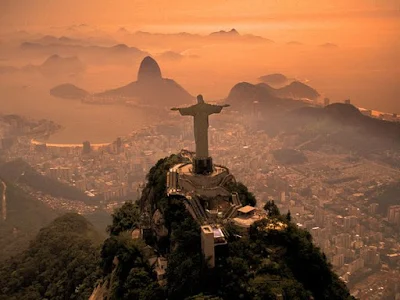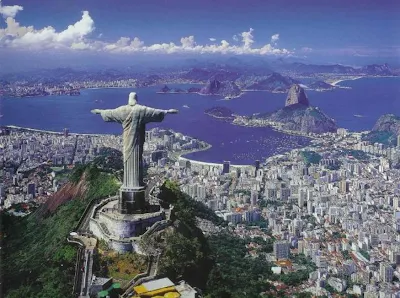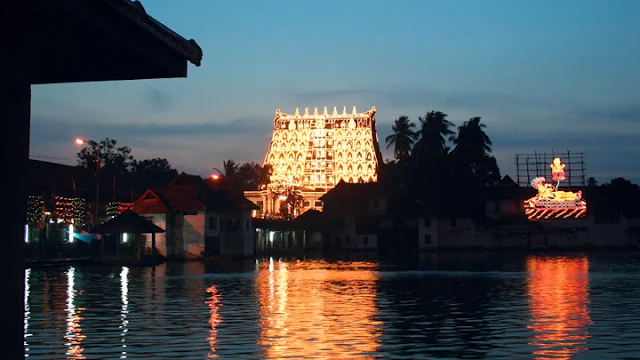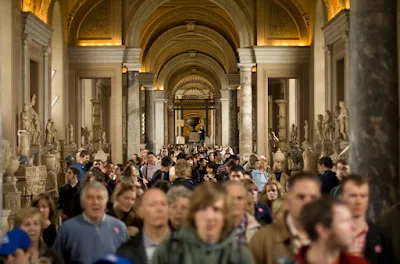Temple of Sree Padmanabhaswamy is lost in antiquity. Nammalwar, 9th century poet and one among the 12 Vaishnavite saints of the Alvar tradition, has composed ten hymns in praise of Lord Padmanabha. Some well known scholars, writers and historians, like the late Dr. L.A.Ravi Varma of Travancore, have expressed the view that this Temple was established on the first day of Kali Yuga (which is over 5000 years ago). The legends of the Temple are handed down through the centuries. One such legend which finds a place in the old palm leaf records of the Temple, as also in the famous grantha entitled “Ananthasayana Mahatmya”, mentions that it was consecrated by a Tulu Brahmin hermit named Divakara Muni. On the 950th year of Kali Yuga a reinstallation of the idol was done. In the 960th Kali year King Kotha Marthandan built the Abhisravana Mandapam.Sree Padmanabhaswamy temple is a Hindu temple dedicated to Lord Vishnu located in Thiruvananthapuram, India. The shrine is currently run by a trust headed by the royal family of Travancore. The temple is one of 108 Divya Desams (Holy Abodes of Vishnu) – principal centres of worship of the deity in Vaishnavism. Lord Balarama, according to Srimad Bhagavatam (10.79.18), visited Phalgunam as part of his teerthyatra, took bath in Panchapsaras (Padmatirtham) and made a gift of ten thousand cows to holy men. The temple is glorified in the Divya Prabandha, the early medieval Tamil literature canon of the Tamil Alvar saints (6th–9th centuries CE), with structural additions to it made throughout the 16th century CE, when its ornate Gopuram was constructed. The Temple is a replica of the famous Sri Adikesavaperumal Temple at Thiruvattar. Sri Padmanabhaswamy Temple gave its name to Kerala’s state capital Thiruvananthapuram. ‘Thiru’ ‘Anantha’ ‘Puram’ means Sacred Abode of Lord Anantha Padmanabha.
The city is also known as Anandapuram (City of Bliss) and Syananduram (Where Bliss is not far off). Ananda refers to Sree Padmanabha Himself. Hindu scriptures refer to the Supreme Being as 'Sachidananda'. The Principal Deity, Padmanabhaswamy, is enshrined in the "Anantha-sayanam" posture (in the eternal sleep of Yoga-nidra on the serpent Anantha). The Maharajah of Travancore bears the title, "Sree Padmanabhadasa’ (Servant of Lord Padmanabha). In line with the Temple Entry Proclamation, only those who profess the Hindu faith are permitted entry to the temple. Devotees have to strictly follow the dress code.


Leading to the enumeration of a vast collection of articles that are traditionally kept under lock and key. A detailed inventory of the temple assets, consisting of gold, jewels, and other valuables was made. Several 18th century Napoleonic era coins were found, as well as a three-and-a-half feet tall gold idol of Mahavishnu studded with rubies and emeralds, and ceremonial attire for adorning the deity in the form of 16-part gold anki weighing almost 30 kilograms together with gold coconut shells, one studded with rubies and emeralds.
This revelation has solidified the status of the Padmanabhaswamy temple as one of the wealthiest temples in India and with the final estimate of the wealth, it might overtake the Tirumala Venkateswara Templ hitherto thought to be the wealthiest temple—having some INR32,000 crore or INR 320 billion (US$5.82 billion) in gold, coins and other assets. It is estimated that the value of the monumental items is close to INR1.2 lakh crore or INR1.2 trillion (US$21.84 billion), making it the richest temple in the world. If the antique value is taken into account, these assets could be worth ten times the current market price.]
The valuables are thought to have been in the temple for hundreds of years, having been put here by the Maharajahs of Travancore. While some historians have suggested that a major chunk of the stored riches reached the kings in the form of tax, gifts, as well as conquered wealth of states and offerings stocked in the temple for safekeeping. But it has to be remembered that in Travancore a distinction was always made among Government Treasury (Karuvelam), Temple Treasury and the Royal Treasury (Chellam). During the reign of Maharani Gowri Lakshmi Bayi, hundreds of temples that were mismanaged were brought under the Government. The excess ornaments in these temples were transferred to the Vaults of Sri Padmanabhaswamy Temple. Instead the funds of Sri Padmanabha Temple were utilised for the daily upkeep of these temples.
On 4 July 2011 the seven-member expert team tasked with taking stock of the temple assets decided to postpone opening of the chamber marked 'B'. This chamber is sealed with an iron door with the image of a cobra on it and it has not been opened, due to the belief opening it would result in much misfortune. The royal family said that many legends were attached to the temple and that chamber B has a model of a snake on the main door and opening it could be a bad omen.
Chamber B is very closely associated with Lord Sree Padmanabha and is not part of the Temple Treasury. On the orders of Maharaja Sri Chithira Thirunal Balarama Varma, the outermost ante-chamber of Kallara B was opened in 1931. In 2011, it was opened by the Observers appointed by the Supreme Court of India. But the Observers did not open the inner chamber which possibly houses a Srichakram, an idol of Padmanabha and countless valuables meant to enhance the potency of the Presiding Deity. Moreover, Devas, Rishis and Kanjirottu Yakshi reside in the inner chamber worshipping the Supreme Lord. The enchanting and ferocious forms of Kanjirottu Yakshi are painted on the south-west part of the main Sanctum. Lord Ugra Narasimha of Thekkedom is believed to be the Protector of Vault B. There is a serpent's image on Kallara B indicating danger to anyone who opens it. A four-day Ashtamangala Devaprasnam conducted in August 2011 declared the inner chamber of Kallara B as forbidden territory. Emily Gilchrist Hatch, who was in Trivandrum in 1933, recalls in her book, 'Travancore: A Guide Book for the Visitor' (Oxford University Press, 1933) the 1931 opening of the Vault and also a similar but unsuccessful attempt that had been made in 1908. "About 25 years ago," she writes, "when the State needed additional money, it was thought expedient to open these chests and use the wealth they contained." "A group of people" got together and attempted to enter the vaults with torches. When they found them "infested with cobras" they "fled for their lives."


















































